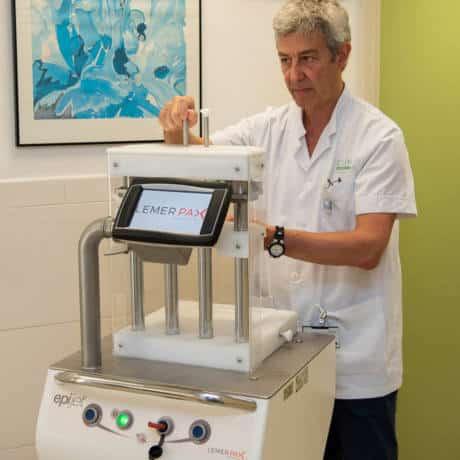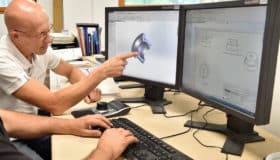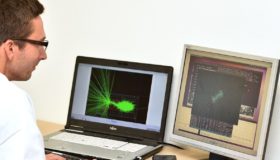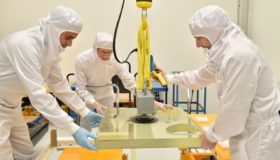
How to inject ictal SPECT? From manual to automated injection
XAVIER SETOAÍN, FRANCISCO CAMPOS, ANTONIO DONAIRE, MARÍA MAYORAL, ANDRÉS PERISSINOTTI, AIDA NIÑEROLA-BAIZAN, NURIA BARGALLÓ, JORDI RUMIÀ, LUIS PINTOR, TERESA BOGET, MAR CARREÑO.
Epilepsy Research. September 2021
Successful surgery depends on the accurate localization of epileptogenic zone before surgery. Ictal SPECT is the only imaging modality that allows identification of the ictal onset zone by measuring the regional cerebral blood flow at the time of injection. The main limitation of ictal SPECT in epilepsy is the complex methodology of the tracer injection during a seizure.
To overcome this limitation, we present the main features of the first automated injector for ictal SPECT (Epijet®, Lemer Pax; La Chapelle-sur-Erdre; France). In this study we compared traditional manual injection with automated injection for ictal SPECT in 122 patients with drug- resistant epilepsy.
METHOD:
The study included 55 consecutive prospective patients with drug-resistant epilepsy undergoing injection with the automated injector. The control group was our retrospective database of a historic pool of 67 patients, injected manually from 2014 to 2016. Calculated annual exposure/radioactive dose for operators was measured. Injection time, seizure focus localization with ictal SPECT, as well as repeated hospitalizations related to inconclusive findings of the SPECT were compared in these two groups of patients.
RESULTS:
There were no differences in the average injection time with Epijet® (13 s) compared with the traditional manual injection (14 s). The seizure focus was successfully localized with ictal SPECT with Epijet® in 44/55 (80 %) patients and with manual injection in 46/67 (68 %) patients (p = 0.097). Repeated studies were required in 9/67 (23 %) patients in the manual injection group compared to 3 patients (7%) in the Epijet® group (p = 0.141).
Calculated annual exposure/dose for operators of 0.39 mSv/year and administered dose error inferior to 5% are other advantages of Epijet®.
CONCLUSION:
“The first results using Epijet® are promising in adjustment of the injection dose, reducing the rate of radiation exposure for patients and nurses, maintaining the same injection time and allowing high SPECT accuracy. These preliminary results support the use of an automated injection system to inject radioactive ictal SPECT doses in epilepsy units. Furthermore, the remote control system allows the injection from the control-EEG room, without the presence of an EEG technician inside patient’s room during long periods of time.”








